Laurens van den Acker, Renault’s tall, soft-spoken head of design, may not look like a fully fledged revolutionary, but he has emerged from the past decade as one of the global automotive industry’s most effective disrupters-in-chief.
Within weeks of joining Renault in 2009 this friendly, 53-year-old Dutchman – working closely with a 550-strong creative team “full of talent from 30 nations” – devised a new direction of travel for Renault design and successfully sold its benefits to a management struggling with the effects of the financial crash. At top speed he set about revolutionising the look of every Renault, launching a series of beautiful models (and ditching duffers along the way) to place this most French of car giants on a recovery path it could not otherwise have achieved.

Autocar Awards 2019: The Winners
Not content with this, van den Acker and his henchmen also launched a clever and optimistic succession of concept cars aimed at restoring the emotional design values Renault had always embraced but which it had lately lost. They keep doing it. “Our concepts,” the designer explains, “are our promise to continue seducing our customers with emotional designs.”
Automotive design revolutions aren’t new. The usual approach is for a new designer to choose a convenient model then to work through the range, hoping for a styling coherence that becomes harder and harder to maintain. Van den Acker’s key innovation – and the reason he deserves Autocar’s 2019 Sturmey Award, handed to the industry’s great original thinkers – is that he discovered, articulated and put into practice a design vision for Renault’s entire output of vehicles. Renaults are “voitures à vivre, or cars for living”, he says, with each model distinct yet possessing a special family persona.





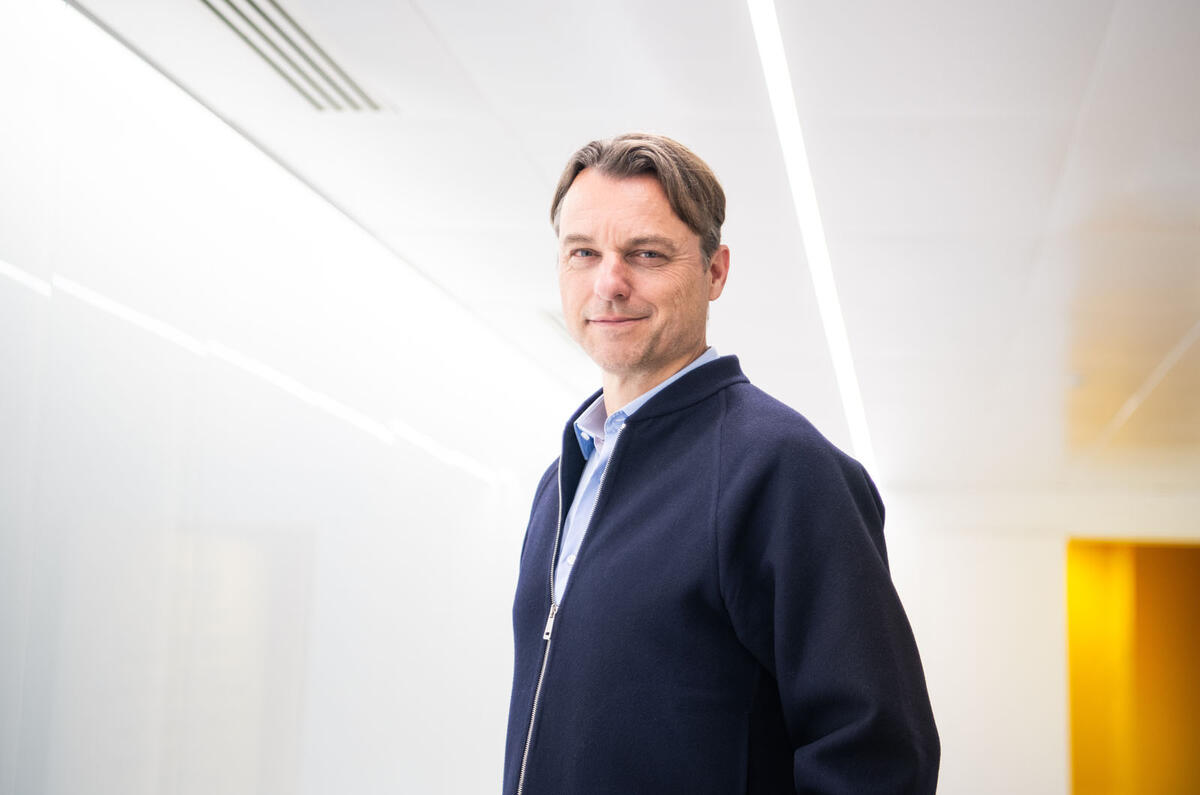








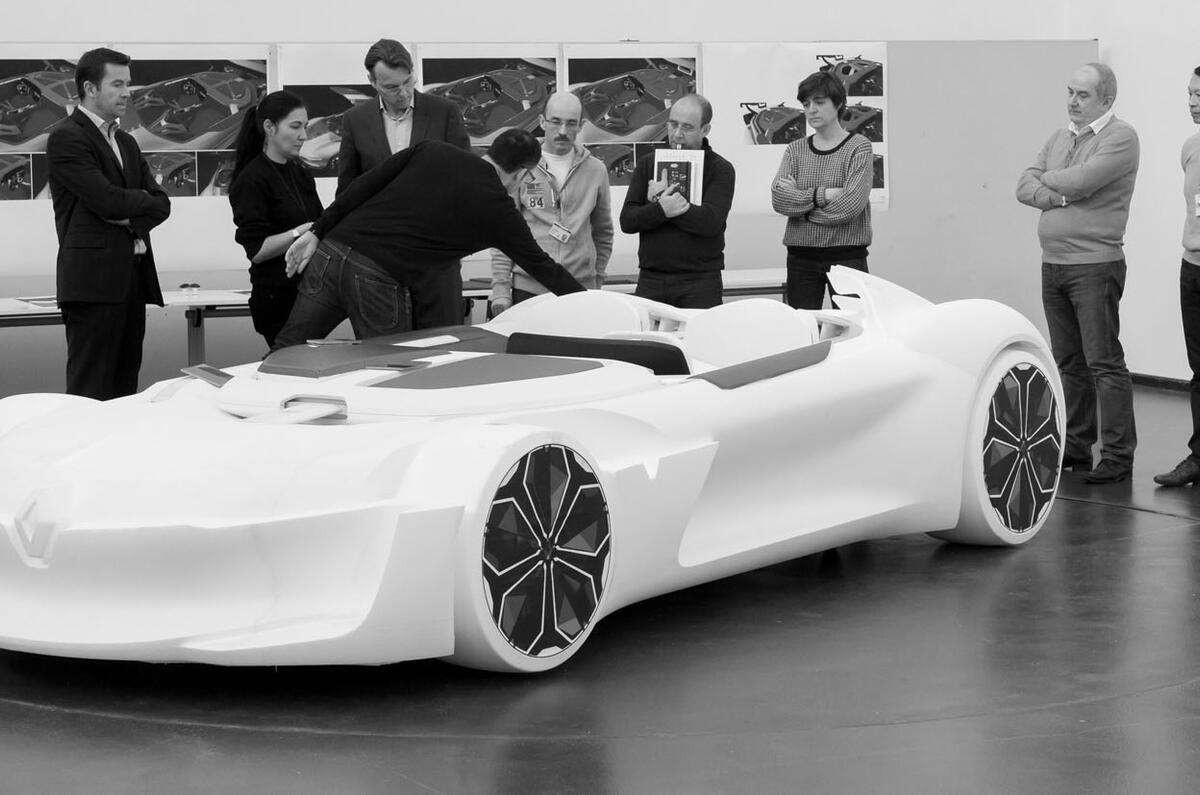





































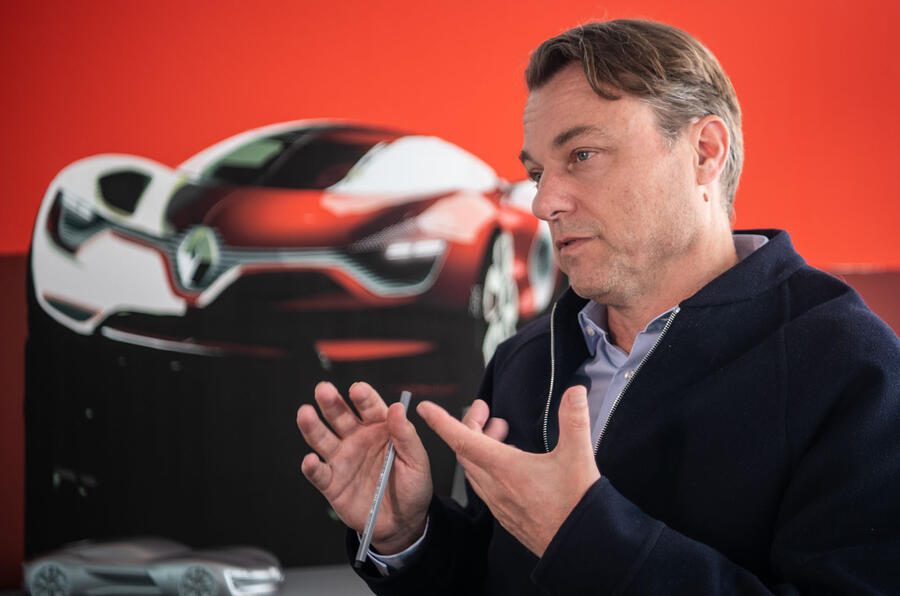
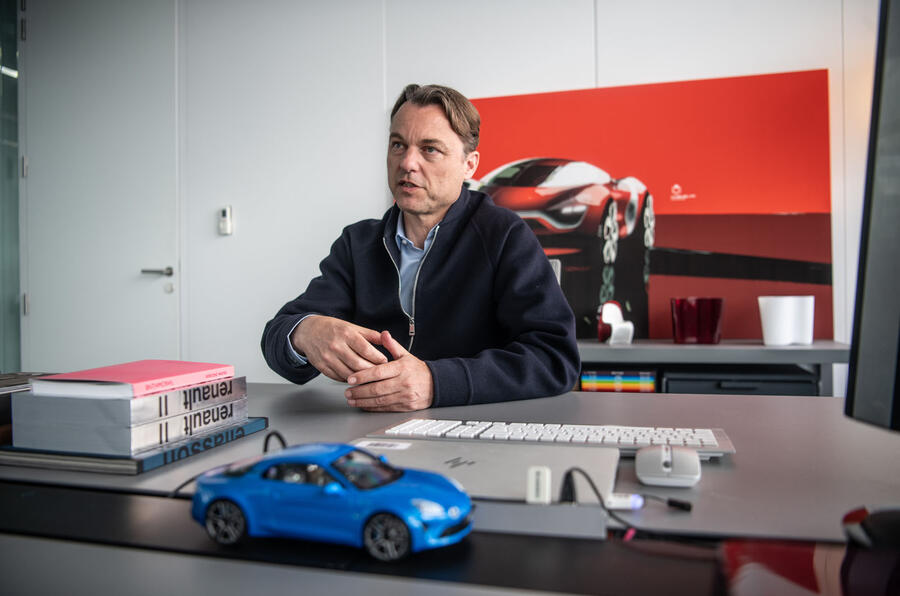

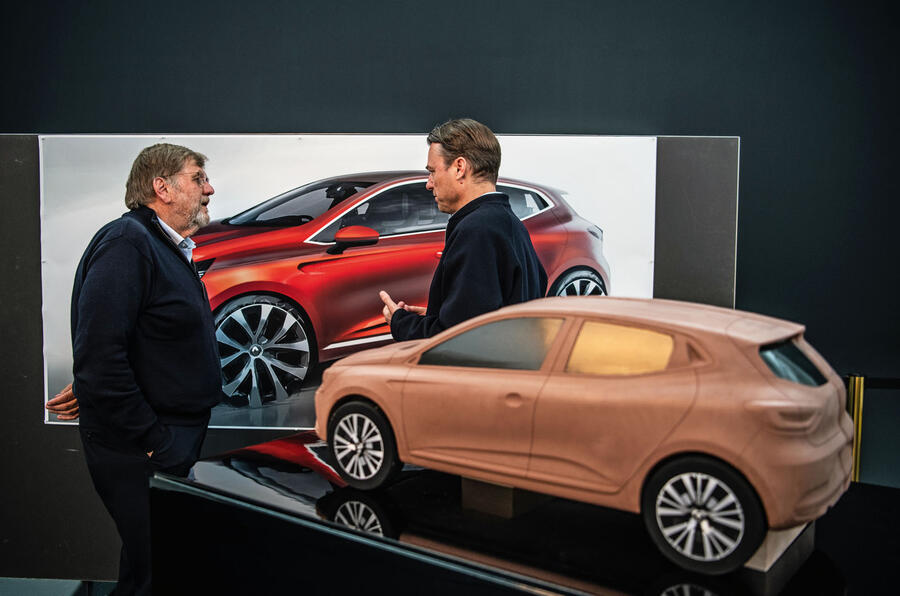

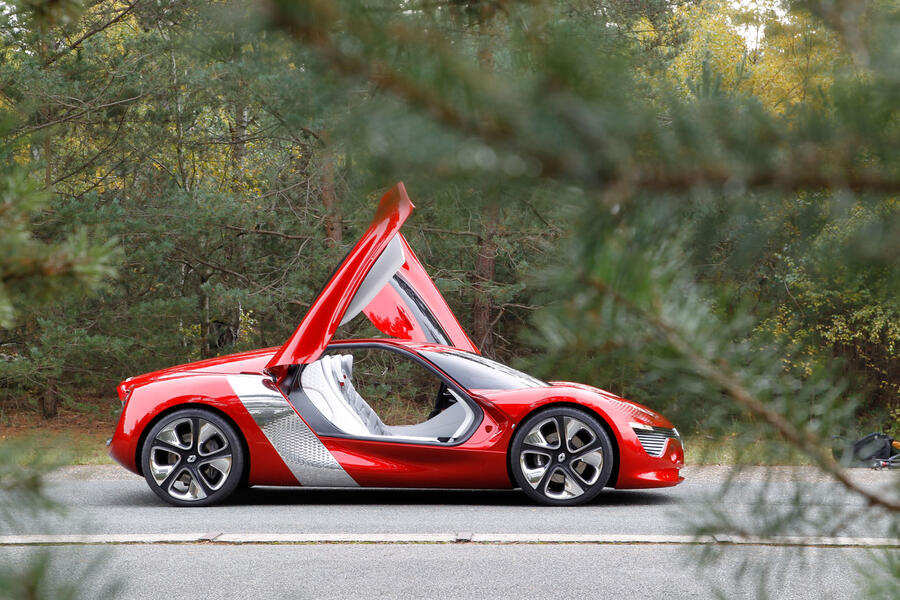

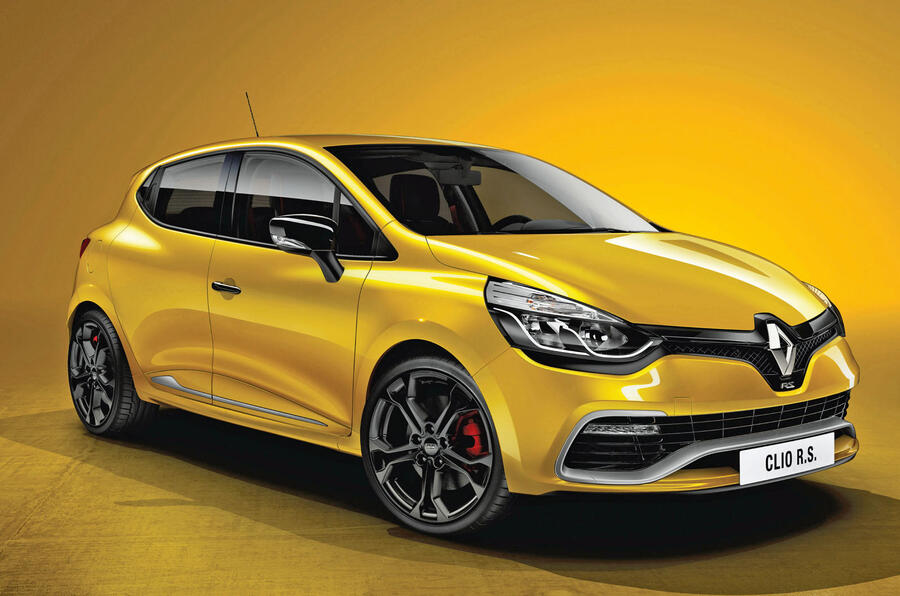
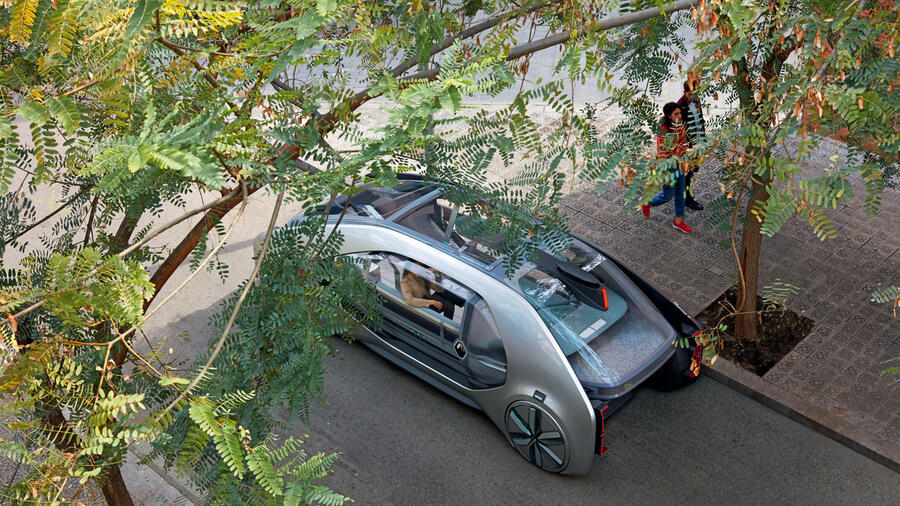
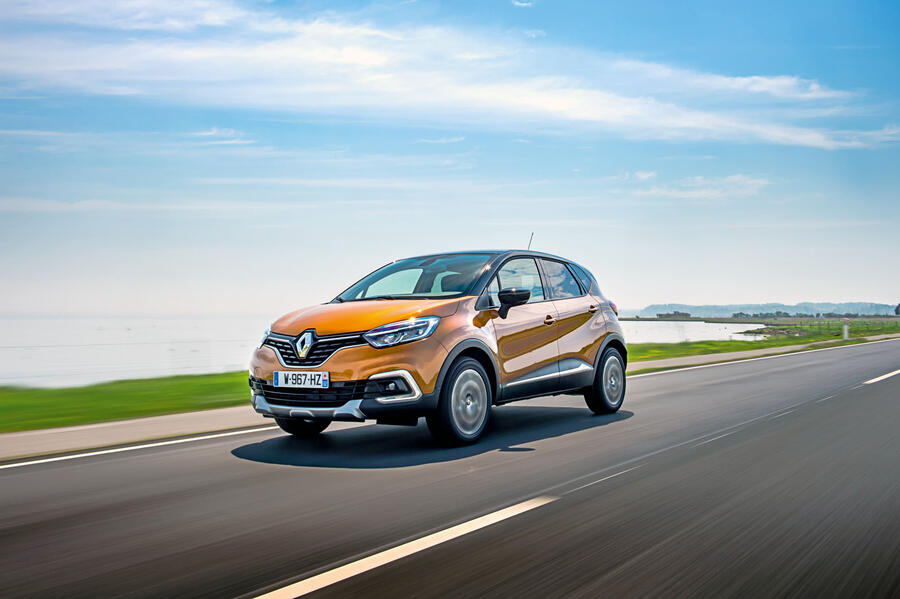

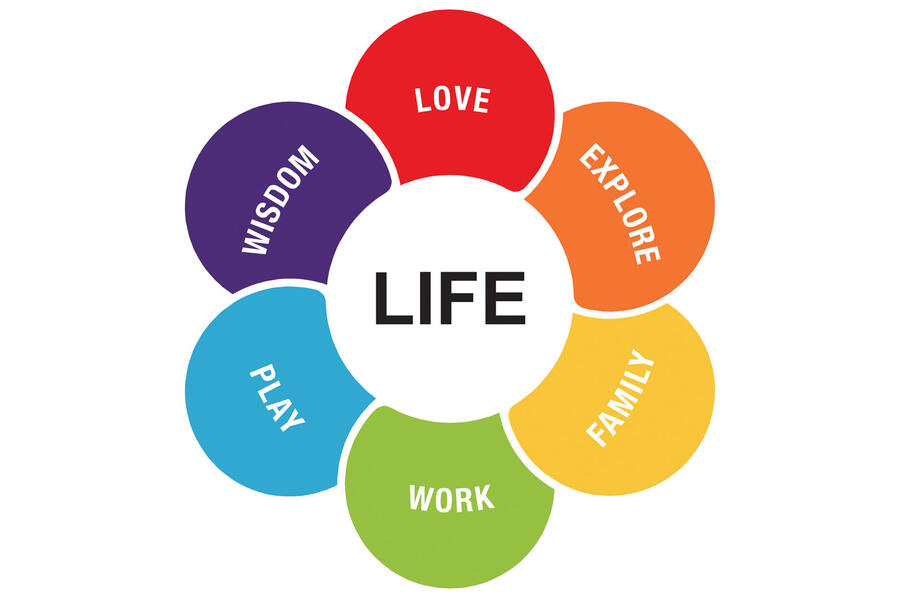
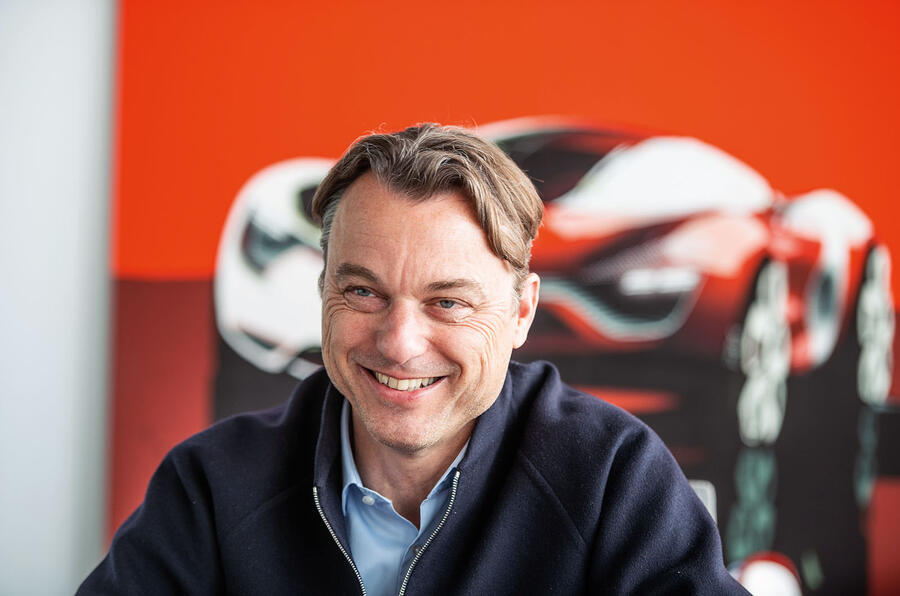





Join the debate
Add your comment
Capur?
"every Renault, launching a series of beautiful models" why don't they sell these beautiful Renaults then?
Renault
They sell it, and sell it very well, they just don't sell in the UK, because for you only cars made in the island is good! Look to Renault sales before Van der Acker and after!